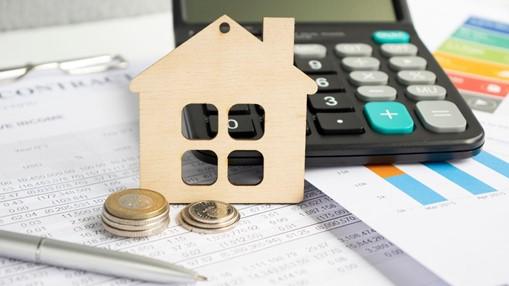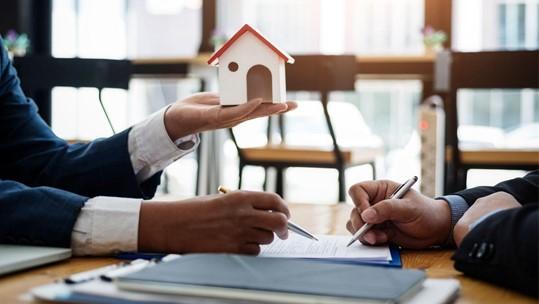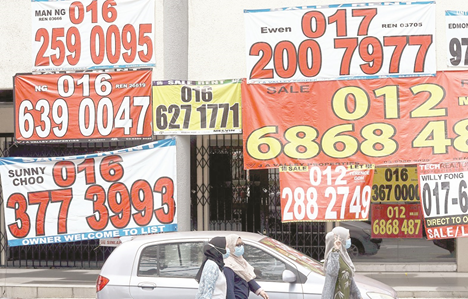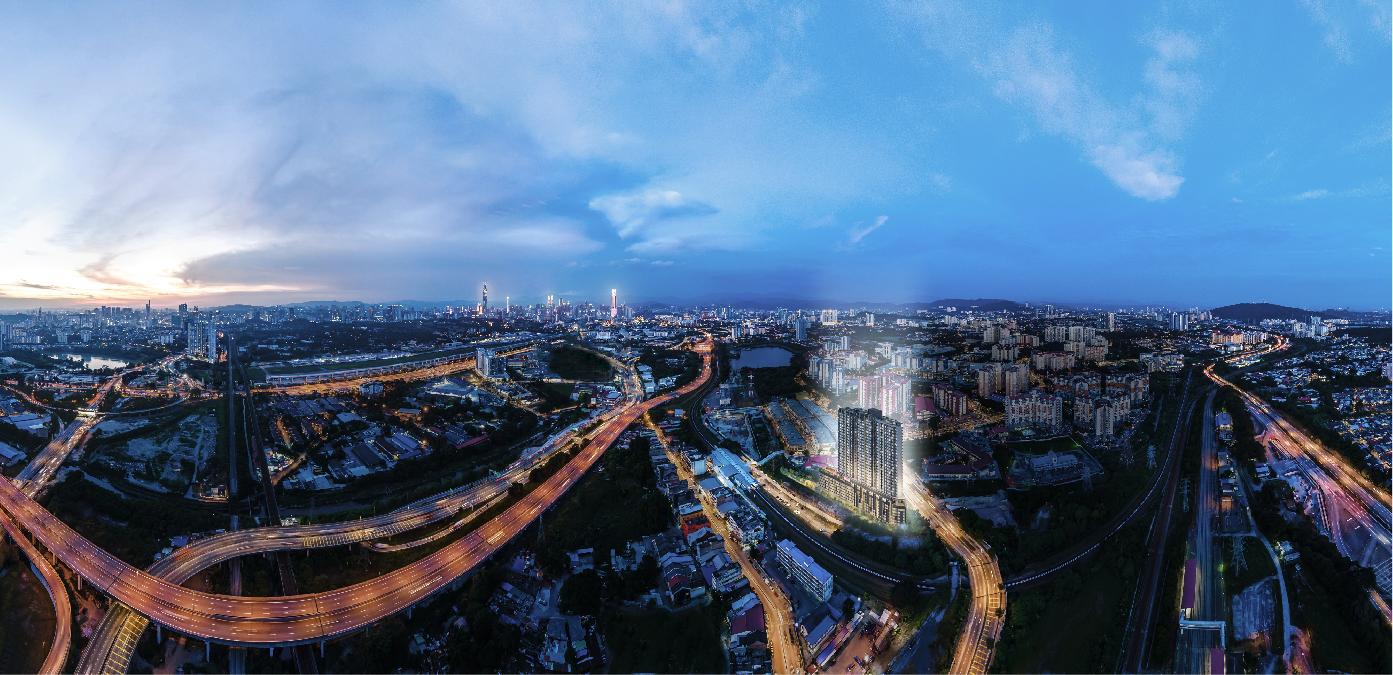Are you on a hunt for a new home? We got you covered! We not only have a comprehensive list of new properties for sale, but we've also prepared this superb tutorial on how to go about your budget to buy a home.
Step 1: Calculate your home loan based on your income
Money, money, and more money! It is said that money makes the world go round, and it surely does in property investment. When it comes to purchasing a home, your income is really crucial. Your income has a direct impact on the amount of your mortgage loan, which is a basic and inevitable reality. If you want to buy property in Malaysia, you'll need to figure out how much you can afford.
View this post on Instagram
Let’s look at each household group income and calculate the estimated amount of their home loan:
Loan Calculation Assumptions |
|
Term | 35 years |
Interest rate | 4.5% |
% of income spent on loan | 35 |
Monthly debt obligations | 200 |
Example of annual household income group calculation:
B40 - RM 2,500 x 12 months = RM 30,000
M40 - RM 5,880 x 12 months = RM 70,560
T20 - RM 15,040 x 12 months = RM 180,480
| Maximum Loan Value |
|
Household Annual Income (RM) | Maximum Loan (RM) | Monthly Payment (RM) |
30,000 | 169,041 | 800 |
70,560 | 434,869 | 2,058 |
180,480 | 1,112,293 | 5,264 |
There are two factors to keep in mind when conducting these calculations: For starters, they're based on interest rate, affordability, and present debt obligations assumptions.
That implies they won't always be applicable to your specific situation. They do, however, provide us with useful guidelines.
The second thing to keep in mind is that you'll often only be able to get a loan up to 90% of the property's value. You'll still need to come up with a 10% down payment on your own.
Before applying for a home loan, be sure to get a credit report which you can now do on Property Hunter.
Download your personal credit report.
Step 2: Determine the affordable housing schemes
If you're a first-time homebuyer, there are a variety of programmes and schemes to help you achieve your goal of owning a home. When it comes to buying an affordable home, there's no reason to spare on quality or reliability. More private developers are building affordable homes to satisfy current demand as a result of various government policies and initiatives. Before you sign on the dotted line, be sure the developer is a reputable one with a long history of producing houses and an excellent track record for quality delivery.
Read more on our article: Government Assistance to Afford a Home
Step 3: Financing options for those not eligible for the B40 and M40 schemes
What if you don’t qualify for these housing schemes? Not all hope is lost. To begin, you may want to look for homes that include free SPA and loan facility agreements in order to save thousands of Ringgit in legal fees. This should be easy because most new construction projects cover the price of legal agreements for home buyers.
To reduce the initial payment required to purchase a home, constantly search for houses with low initial down payments. Many developers now offer attractive early bird or "easy entry" sales packages that include rebates ranging from 2% to 10% of the purchase price.
Step 4: Foreigner ownership (MM2H)
The Malaysia My Second Home (MM2H) visa provides a unique opportunity to purchase property in Malaysia. The MM2H programme gives a multiple-entry visa that is renewable for a maximum of ten years.
Peninsular Malaysia, Sabah, and Sarawak have different eligibility standards, but all require an applicant to show a specific level of financial liquidity, either through offshore income or cash in the bank. A foreigner who wishes to purchase a property will need to be sponsored by a Malaysian citizen. When it comes to owning property in Malaysia, MM2H visa holders also have certain perks. Discounts are available on certain types of properties on the market. For example, the RM 750,000 amount of overhang units in Sabah, with MM2H, has been discounted to RM 500,000.
Continue reading: Time to Woo Quality Foreign Investors With SB-MM2H, Says SHAREDA
Step 5: Find out the cost of houses
The cost of a property in Malaysia varies substantially based on the type of property and the location. As for the property prices in Sabah, prices will be based on median prices as stated by the National Property Information Centre (NAPIC). Sabah’s all property type is priced at RM 300,000, while terrace and condominium/apartment are priced at RM 350,000 and RM 292,500 respectively.
Although property in East Malaysia is notably cheaper than in Peninsular, prime locations like Kota Kinabalu can be shown having almost the same property price as that in Selangor, especially in condominium/apartment priced at RM 320,000.
Step 6: Make sure to have sufficient upfront costs
When planning your budget, keep in mind that upfront costs don't merely refer to the down payment. The table below shows some of the expenses that go into the upfront costs alone.
Item | Rate |
Down payment | Approx 10% of property purchase price |
Stamp duty on Memorandum of Transfer (MOT) | 1%-4% of property purchase price |
Stamp duty on Sales and Purchase Agreement (SPA) | RM 10 per stamping |
Stamp duty on loan agreement | 0.5% of property purchase price |
Real estate agent fees | 3% of property purchase price |
Mortgage insurance (MRTA/MLTA) | Subject to your situation/needs |
For more detailed information, continue reading: 7 Entry Costs of Buying a Property
Step 7: Prepare extra cash for miscellaneous fees and charges
In addition to the fees listed above, such as earnest deposit, down payment, stamp duties, and agent fees, you should have a cash buffer on hand for any additional fees that may arise during the process. These fees may include bank processing fees, legal fees for the SPA and loan agreement, and, if applicable, property valuation fees.
Step 8: Bearing the monthly instalments
Unless you have the financial means to purchase a home outright, you'll need to take out a loan from a bank or other financial institution to help pay for your home. Monthly instalments depend on the property purchase price, types of home loan, tenure of the loan (usually 35 years or until 70 years), and home loan interest rate.
So, if you are planning to buy a home soon, please take into account all of the costs involved before making your final decision.

.jpeg)











.jpeg)
